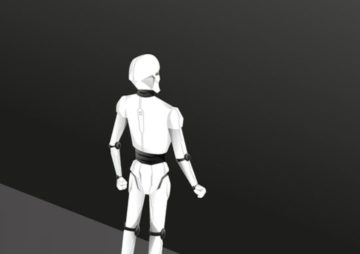Gary Markus in Nautilus:
 Let me start by saying a few things that seem obvious,” Geoffrey Hinton, “Godfather” of deep learning, and one of the most celebrated scientists of our time, told a leading AI conference in Toronto in 2016. “If you work as a radiologist you’re like the coyote that’s already over the edge of the cliff but hasn’t looked down.” Deep learning is so well-suited to reading images from MRIs and CT scans, he reasoned, that people should “stop training radiologists now” and that it’s “just completely obvious within five years deep learning is going to do better.”
Let me start by saying a few things that seem obvious,” Geoffrey Hinton, “Godfather” of deep learning, and one of the most celebrated scientists of our time, told a leading AI conference in Toronto in 2016. “If you work as a radiologist you’re like the coyote that’s already over the edge of the cliff but hasn’t looked down.” Deep learning is so well-suited to reading images from MRIs and CT scans, he reasoned, that people should “stop training radiologists now” and that it’s “just completely obvious within five years deep learning is going to do better.”
Fast forward to 2022, and not a single radiologist has been replaced. Rather, the consensus view nowadays is that machine learning for radiology is harder than it looks; at least for now, humans and machines complement each other’s strengths.
Few fields have been more filled with hype and bravado than artificial intelligence. It has flitted from fad to fad decade by decade, always promising the moon, and only occasionally delivering. One minute it was expert systems, next it was Bayesian networks, and then Support Vector Machines. In 2011, it was IBM’s Watson, once pitched as a revolution in medicine, more recently sold for parts.
More here.
